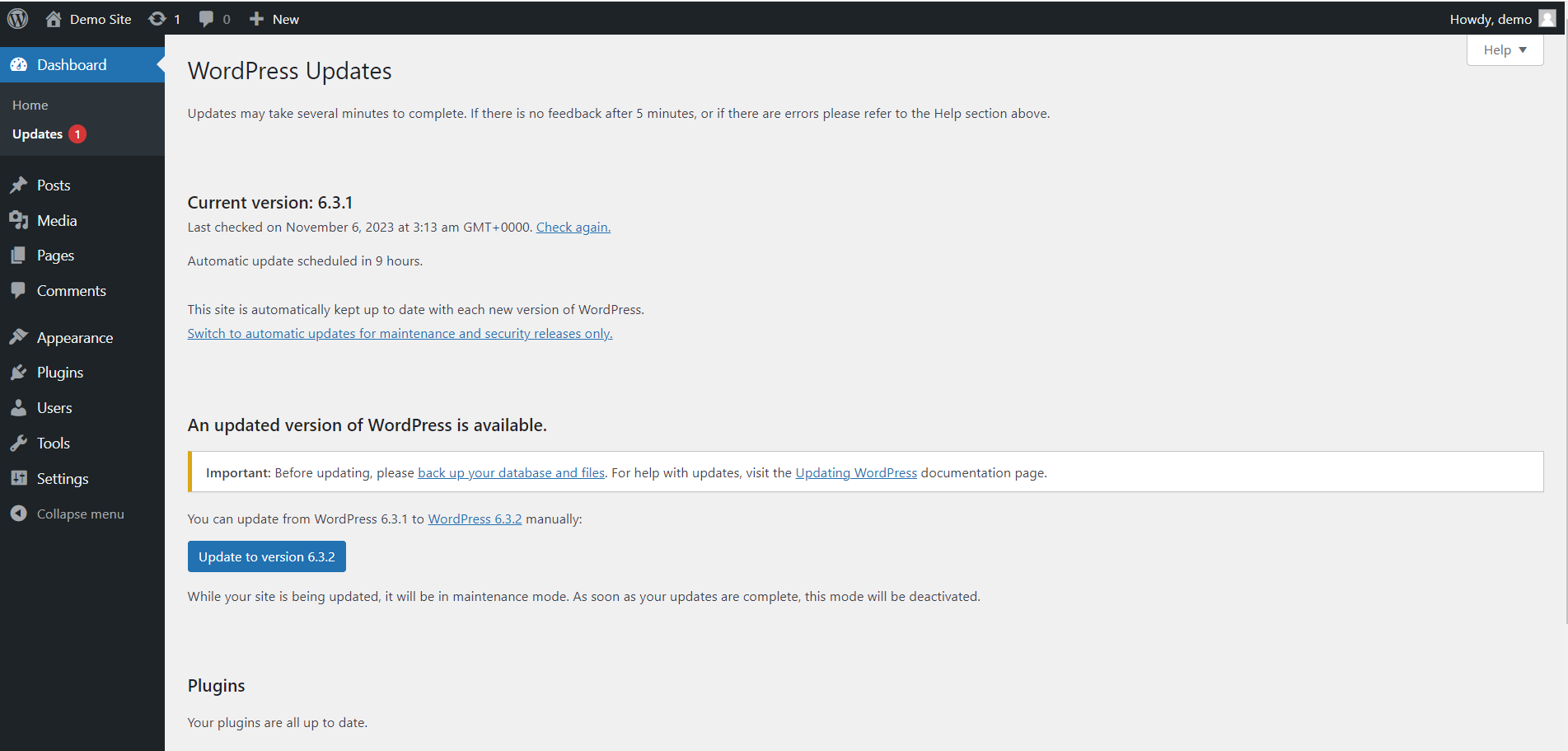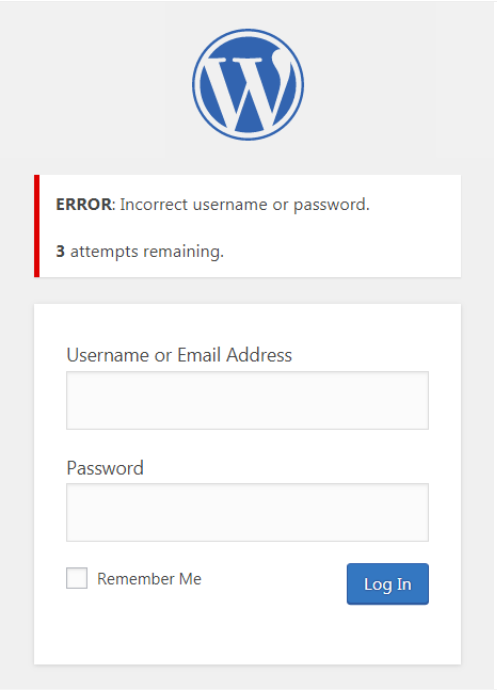WordPress Security: Protecting your website from online threats
WordPress, a widely used content management system (CMS), is a prime target for hackers and malicious entities due to its popularity. To ensure the security of your website and sensitive data, it is vital to grasp and implement robust protective measures. In this article, we will delve into fundamental steps for fortifying your WordPress site against online threats.
Understanding the Types of Online Threats
Before we dive into security measures, it is essential to have a clear understanding of the various threats that your website may encounter:
Malware: Malicious software can infiltrate your website, leading to data breaches and spreading to your visitors.
Phishing Attacks: Cybercriminals may construct deceptive pages that imitate your site to pilfer user information.
Brute Force Attacks: Attackers make repeated attempts to gain unauthorized access by guessing passwords.
SQL Injection: These attacks manipulate your site’s database, potentially causing data breaches.
DDoS Attacks: Distributed Denial of Service attacks overload your website with traffic, causing it to become unresponsive.
Best Practices for WordPress Security
Keep Updated: WordPress frequently releases security updates. Ensure that your core WordPress installation, themes, and plugins are kept up-to-date. Outdated software can expose vulnerabilities that hackers can exploit.

Implement Strong Authentication: Enforce strong, unique passwords and consider integrating two-factor authentication (2FA) into your login process. Restrict login attempts to thwart brute force attacks.
Choose Secure Hosting: Opt for a reputable hosting provider that offers robust security features. Managed WordPress hosting often includes built-in security measures.
Install a Security Plugin: Utilize a WordPress security plugin such as Wordfence, Sucuri, or iThemes Security. These tools can monitor your site, identify and block suspicious activities, and conduct malware scans.
Regular Backups: Regularly back up your website. Recent backups serve as a safety net in case of a security breach.
Implement an SSL Certificate: Encrypt data transmitted between your website and its visitors using an SSL certificate. This not only secures your data but also enhances your site’s SEO.
Utilize Trusted Themes and Plugins: Download themes and plugins only from reputable sources, such as the official WordPress repository. Avoid using nulled or pirated themes and plugins, as they can introduce vulnerabilities.
Disable Directory Listing: Prevent unauthorized access by disabling directory listing in your .htaccess file. This prevents attackers from viewing the contents of your directories.
Monitor for Suspicious Activity: Routinely inspect your website for unusual activities, including the presence of unfamiliar users, unauthorized changes to files, or unidentified login attempts.
Harden Your WP-Config.php File: Safeguard the WP-Config.php file, which contains sensitive information, by relocating it to a higher-level directory and restricting access.
Limit Login Attempts: Employ a plugin to limit the number of login attempts, making it more challenging for brute force attacks to succeed.

Remove Unused Themes and Plugins: Deactivate and uninstall any themes and plugins that are no longer in use. Attackers can exploit redundant code.
Conclusion
Securing your WordPress website is an ongoing and critical process. By adhering to these best practices and maintaining vigilance, you can substantially reduce the risk of falling victim to online threats. Remember that investing in security is an investment in the long-term success and reputation of your website. Prioritizing security safeguards your digital assets, visitors, and peace of mind.

